
CHALLENGES TO NATIONAL DEFENCE IN CONTEMPORARY GEOPOLITICAL SITUATION 2026
KEYNOTE SPEAKERS
KEYNOTE SPEAKERS
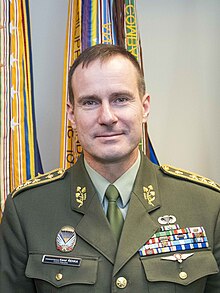
LT General Karel ŘEHKA,
Chief of the General Staff of the Czech Armed Forces,
CZECH REPUBLIC
LEADERSHIP CHALLENGES IN SHIFTING FOCUS TO HOMELAND AND COLLECTIVE DEFENSE …
LEADERSHIP CHALLENGES IN SHIFTING FOCUS TO HOMELAND AND COLLECTIVE DEFENSE
As military operations increasingly pivot from global interventions to prioritizing homeland defense and collective defense, leadership within defense organizations faces a unique set of challenges. This shift demands a recalibration of strategies, priorities, and operational frameworks, presenting complex issues that require adaptive and forward-thinking leadership.
As the focus shifts, the nature of military training and readiness must also evolve. Leaders must ensure that personnel are prepared for new types of threats, such as cyberattacks, terrorism, and hybrid warfare, which are more prevalent in homeland and collective defense scenarios. This demands continuous adaptation of training programs and a commitment to maintaining high levels of readiness.
Moreover, the shift to homeland and collective defense presents a multifaceted challenge for military leaders. Success in this new environment requires adaptability, strategic foresight, and a commitment to building strong alliances and maintaining public trust. Leaders who can navigate these complexities will be better equipped to protect their nations and uphold global security in an increasingly uncertain world.
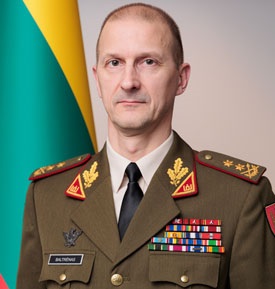
MAJ General Remigijus BALTRĖNAS
Chief of the Defence Staff, of the Lithuanian Army,
LITHUANIA
CURRENT TRENDS IN LEADERSHIP: MILITARY ORGANIZATION’S ROLE …
CURRENT TRENDS IN LEADERSHIP: MILITARY ORGANIZATION’S ROLE
Leadership within military organizations is not merely about command and control; it is a dynamic and multifaceted process that is central to the effective functioning of armed forces in the face of geopolitical complexities. The global landscape has experienced seismic shifts, characterized by the rise of non-state actors, the resurgence of geopolitical tensions, technological advancements, and unconventional threats. In this context, military leaders must navigate a landscape that is increasingly volatile, uncertain, complex, and ambiguous (VUCA).
One of the primary roles of military leadership in this environment is to provide strategic guidance and direction to their forces. Leaders must possess a deep understanding of the geopolitical dynamics at play, including regional power struggles, transnational threats, and emerging security challenges. They must anticipate future threats and develop proactive strategies to counter them, all while balancing competing priorities and limited resources.
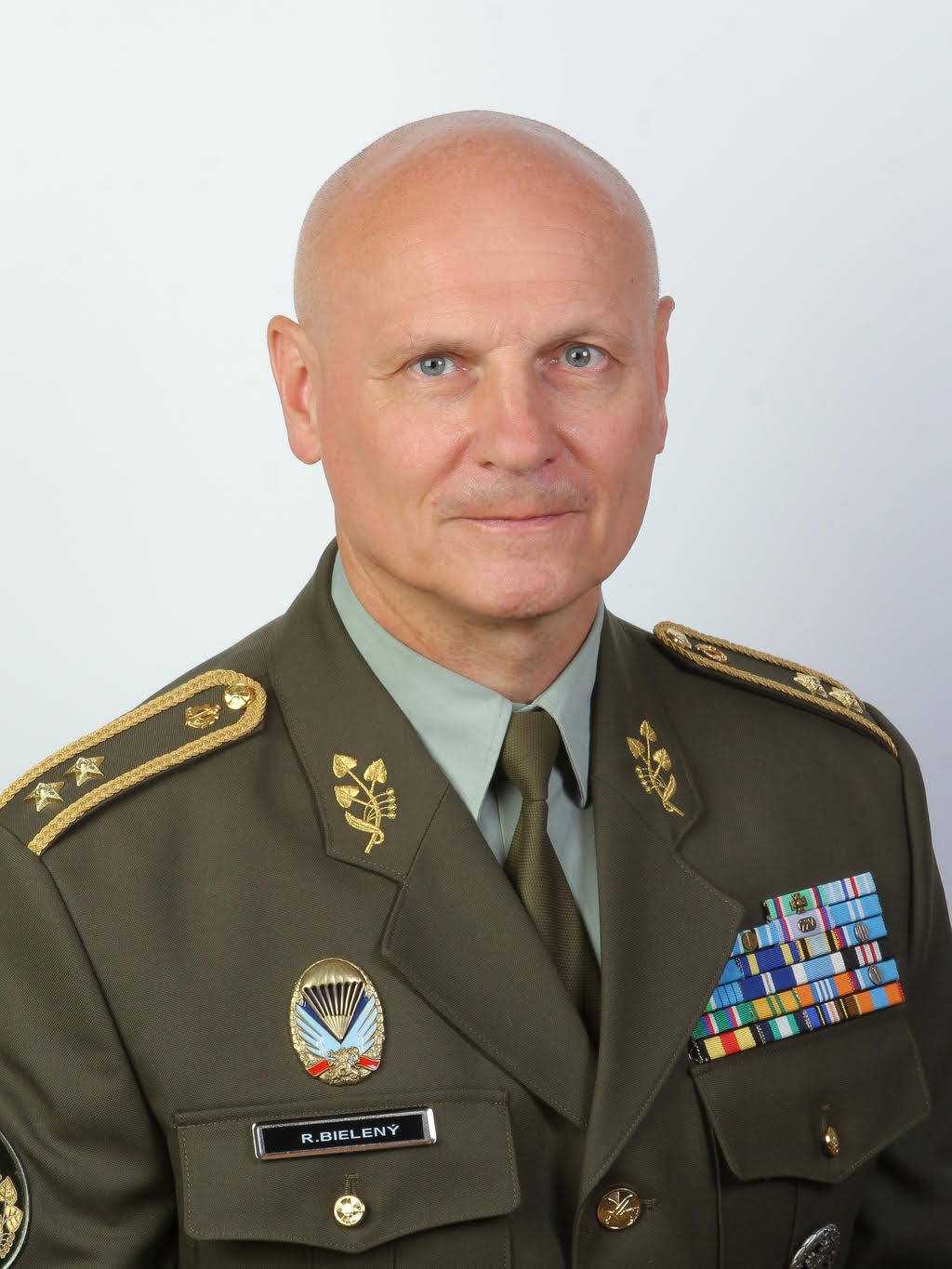
MAJ General Róbert BIELENÝ
Director of Logistic Division, Ministry of Defence and Armed Forces,
CZECH REPUBLIC
SUSTAINMENT IN MULTIDOMAIN OPERATIONS …
SUSTAINMENT IN MULTIDOMAIN OPERATIONS
Sustainment in Multidomain Operations (MDO) presents several key challenges due to the complexity of modern warfare, where operations span across land, air, sea, space, and cyber domains. The integration of these diverse domains requires seamless logistical support to ensure that forces remain equipped, fueled, and ready to fight.
One major challenge is the need for real-time coordination and communication across multiple domains, which requires advanced technologies and secure networks. Another issue is the vulnerability of supply chains, especially in contested environments where adversaries can disrupt logistics through cyberattacks, electronic warfare, or physical interdiction. Furthermore, sustaining operations in remote or austere locations complicates the timely delivery of supplies and medical care.
Adapting sustainment strategies to these challenges is critical to maintaining operational readiness in the face of rapidly evolving threats.
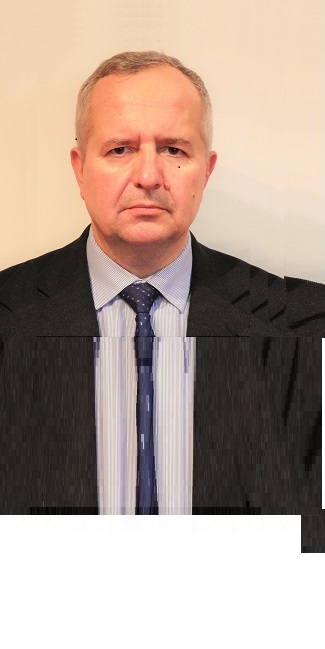
COL (ret) Eugeniusz CIEŚLAK
Ph.D. Dr Hab., Course Director,
Senior Leaders’ Course,
Higher Command Studies Course, Baltic Defence College Tartu,
ESTONIA
CHALLENGES TO SENIOR-LEVEL PROFESSIONAL MILITARY EDUCATION. OBSERVATIONS FROM THE BALTIC DEFENCE COLLEGE…
CHALLENGES TO SENIOR-LEVEL PROFESSIONAL MILITARY EDUCATION. OBSERVATIONS FROM THE BALTIC DEFENCE COLLEGE
The ongoing debate pertains specifically to senior-level professional military education, which aims to equip senior officers and their civilian counterparts with the skills necessary for strategic-level responsibilities. The complexity of challenges inherent at this level has been acknowledged by politicians and government officials cooperating with the military. In the United States, congressional representatives have noted a gap in professional military education, observing that while it effectively prepares officers for joint operations, it falls short in fostering cooperation at the strategic level with politicians who often lack historical context and cultural insight. While recent institutional efforts have been made to enhance synergy senior-level professional military education and and lower-tier levels of education within individual branches of armed forces, tangible outcomes are likely to materialize only in the foreseeable future.
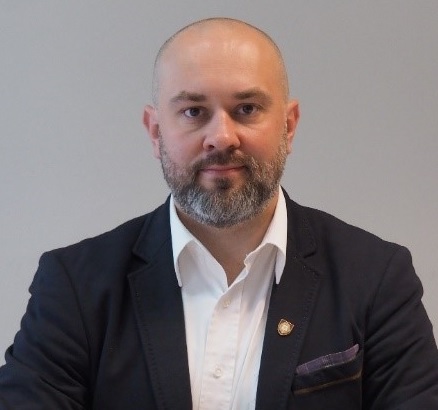
Dr. Aidas VASILIS VASILIAUSKAS,
Prof. Ph.D., Logistics and Defence Technology Management Research Group, Jonas Žemaitis Military Academy of Lithuania, Vilnius, LITHUANIA
ADDITIVE MANUFACTURING TECHNOLOGIES IN MILITARY LOGISTICS…
ADDITIVE MANUFACTURING TECHNOLOGIES IN MILITARY LOGISTICS
We are rapidly approaching the onset of the 5th industrial revolution, which will be fueled by the latest innovations such as advanced artificial intelligence, robotics, nanotechnology, and biotechnology. However, currently we are still in the integration and testing phase of technologies from the 4th industrial revolution, the application of which is crucial in many industrial fields. To enhance the capabilities of logistics, “Logistics 4.0” innovations (the Internet of Things, big data analytics, artificial intelligence, block chain technology, additive manufacturing, cloud computing, and cybersecurity) are being utilized. According to NATO’s science and technology trends for the years 2023–2043, additive manufacturing technologies are identified as having a high significance coefficient and are classified as disruptive technologies, meaning that they conceptually change previous operational procedures and shows the ability to revolutionize traditional manufacturing processes and supply chains. Additive manufacturing technologies have already reached an advanced stage of development, demonstrated in relevant environments, and it is anticipated that their potential application in military environments and logistics will be focused on the period between 2025 and 2030.

Dr. Fuad KHOSHNAW
Ph.D., SFHEA, CEng., School of Engineering and Sustainable Development, De Montfort University (DMU) – Leicester,
UNITED KINGDOM
SUSTAINABLE DEFENSE BY ADDRESSING MECHANICAL WEAPON MALFUNCTIONS: BARREL SAFETY AS AN EXAMPLE…
SUSTAINABLE DEFENSE BY ADDRESSING MECHANICAL WEAPON MALFUNCTIONS: BARREL SAFETY AS AN EXAMPLE
This presentation explores the critical role of mechanical reliability in sustaining military effectiveness, with a specific focus on weapon systems, particularly barrel integrity. It will explain common types of mechanical failures—such as fatigue, erosion, wear, creep, and corrosion—and examine how these factors interact under combat conditions to compromise weapon performance. Emphasizing the importance of battlefield readiness, the presentation will also outline practical methods and tools that soldiers can use to temporarily repair and maintain their weapons, ensuring operational functionality when it matters most. This discussion highlights the essential role of addressing mechanical failures in achieving sustainable defence and ensuring the safety of military personnel.
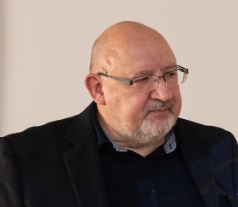
Artur PLOKŠTO,
Lecturer of Logistics and Defence Technology Management Scientific Group, Jonas Žemaitis Military Academy of Lithuania, Vilnius,
LITHUANIA
DAVID AGAINST GOLIATH – EUROPEAN APPROACH TO NEW MILITARY TECHNOLOGIES AND UKRAINIAN WAR IMPROVISATIONS…
DAVID AGAINST GOLIATH – EUROPEAN APPROACH TO NEW MILITARY TECHNOLOGIES AND UKRAINIAN WAR IMPROVISATIONS
On 24 February, Russian aggression against Ukraine began, during which the Russian side used practically all of its weapons. Many of the models used have not been used in combat conditions so far, creating an opportunity to see their real possibilities. Western weapons began to appear on the Ukrainian side, hence the possibility of comparing the defence technologies of both sides. The report presents the basic conclusions from the initial analysis of the weapons used in the war, their real capabilities, the facts of the appearance of old, long-forgotten equipment on the battlefield, and improvisations, perhaps setting the directions for the development of future weapon systems.
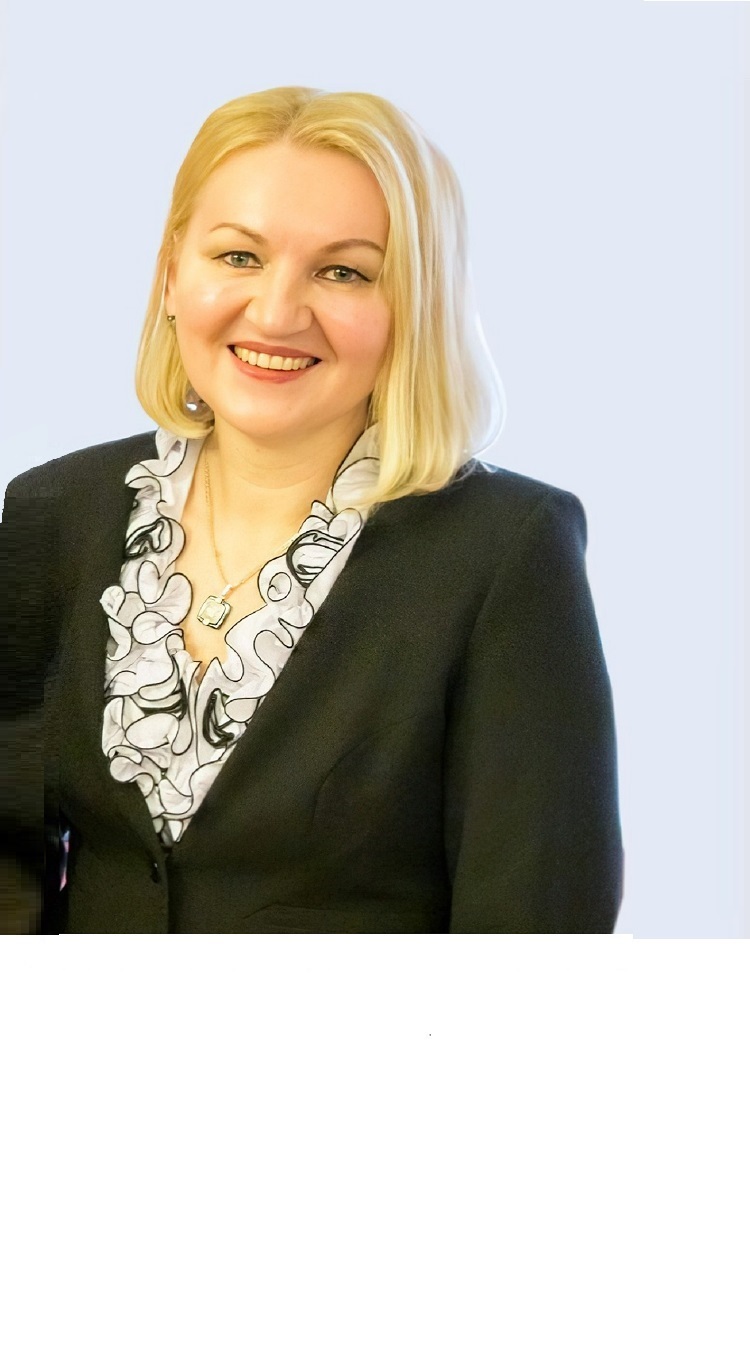
Dr. Svajonė BEKEŠIENĖ,
Prof., Ph.D., Logistics and Defence Technology Management Research Group, Jonas Žemaitis Military Academy of Lithuania, Vilnius,
LITHUANIA
INTERPLAY BETWEEN UNIT-LEVEL COMPETENCIES AND PSYCHOLOGICAL RESILIENCE IN MILITARY ORGANIZATIONS…
INTERPLAY BETWEEN UNIT-LEVEL COMPETENCES AND PSYCHOLOGICAL RESILIENCE IN MILITARY ORGANIZATIONS
The current operational military environment is changing, complex, unpredictable, and ambiguous. Due to such situations, soldiers are constantly forced to think about their values, norms, and roles that should be part of their profession. The conducted studies show that the development of psychological resilience in military personnel is significantly influenced by unit-level competences and family-level support. High unit-level skills enhance various facets of resilience by providing expertise, cohesion, leadership, and preparedness. However, the family remains the most critical factor, offering emotional stability, communication, and adaptability. Building trust among family members is essential for fostering a resilient approach to military life. As military organizations strive to develop resilient forces, they must focus on enhancing unit-level competences and supporting family relationships to ensure soldiers are equipped to face the challenges of their service.
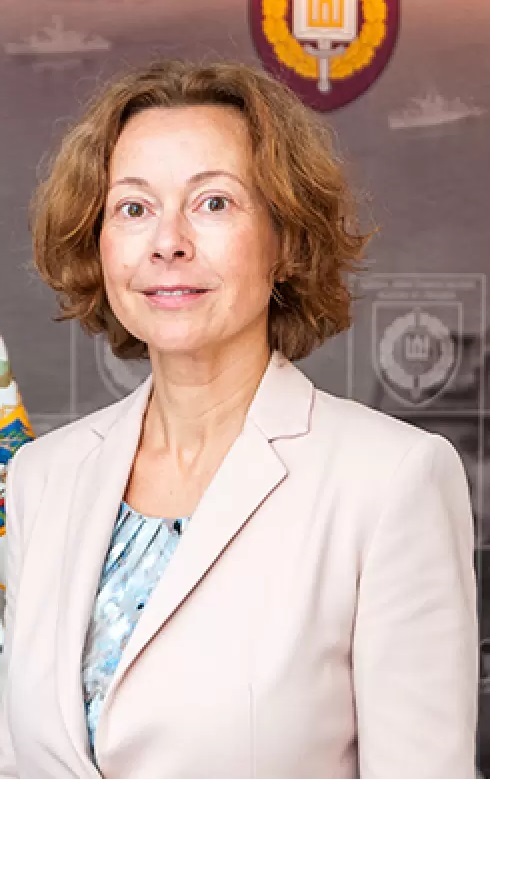
Dr. Rasa SMALIUKIENĖ,
Prof. Ph.D., Research Group for Security Institutions Management, Jonas Žemaitis Military Academy of Lithuania, Vilnius, LITHUANIA
THE ROLE OF TRAINING IN STRENGTHENING INDIVIDUAL AND COLLECTIVE RESILIENCE…
THE ROLE OF TRAINING IN STRENGTHENING INDIVIDUAL AND COLLECTIVE RESILIENCE
Developing emotional resilience requires two categories of resources: organisational resources, such as autonomy, peer support, and professional development opportunities; and individual resources, which are determined by personal characteristics. These two categories of resources, professional and personal, determine individual and collective resilience.
Identifying which personal and professional resources to enhance in individual resilience training can be challenging. Previous research has identified several resources that can be developed through resilience training programmes. However, due to the limited scope and duration of these programmes, it is crucial to prioritize the resources that would benefit most from training. Therefore, the aim of this presentation will be focussed on the essential elements that should be included in the training programme to have the greatest impact on building resilience in soldiers.
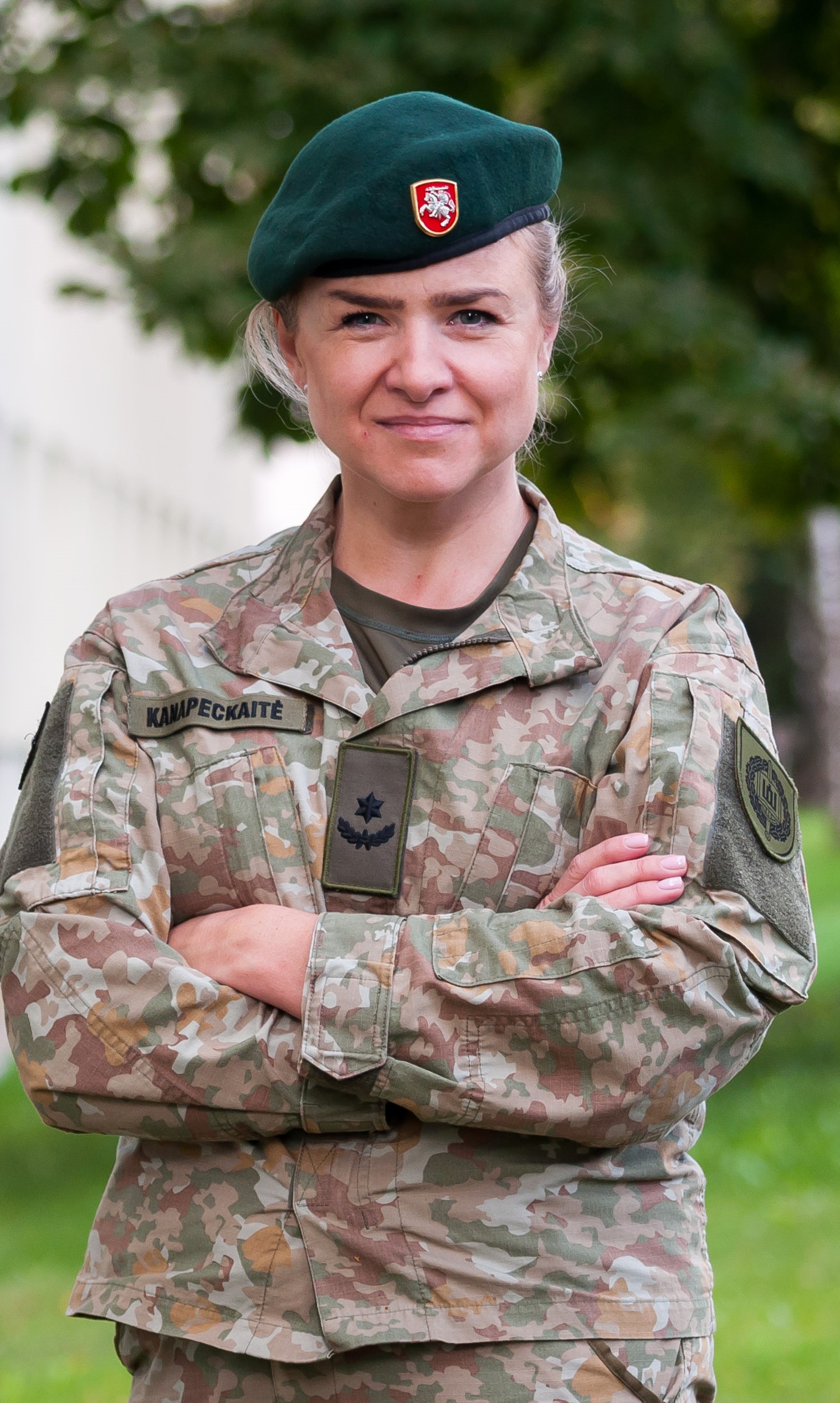
MAJ Rosita KANAPECKAITĖ,
Chief Psychologist of General Jonas Žemaitis Military Academy of Lithuania, Vilnius,
LITHUANIA
BUILDING RESILIENT FORCES: DEVELOPING SOLDIER AND CADET RESILIENCE IN MILITARY SERVICE…
BUILDING RESILIENT FORCES: DEVELOPING SOLDIER AND CADET RESILIENCE IN MILITARY SERVICE
The talk will briefly address the importance of building resilient forces as a multifaceted endeavor that requires commitment from all levels of a military organization. By implementing comprehensive training programs, providing robust support systems, and fostering an organizational culture that values resilience, military organizations can develop soldiers and cadets who are capable of thriving in the face of adversity. The resilience of military personnel not only enhances their individual performance and well-being but also contributes to the overall effectiveness and readiness of the military. As the nature of military service continues to evolve, the importance of resilience will only grow, making it an indispensable quality for the soldiers and cadets of tomorrow.
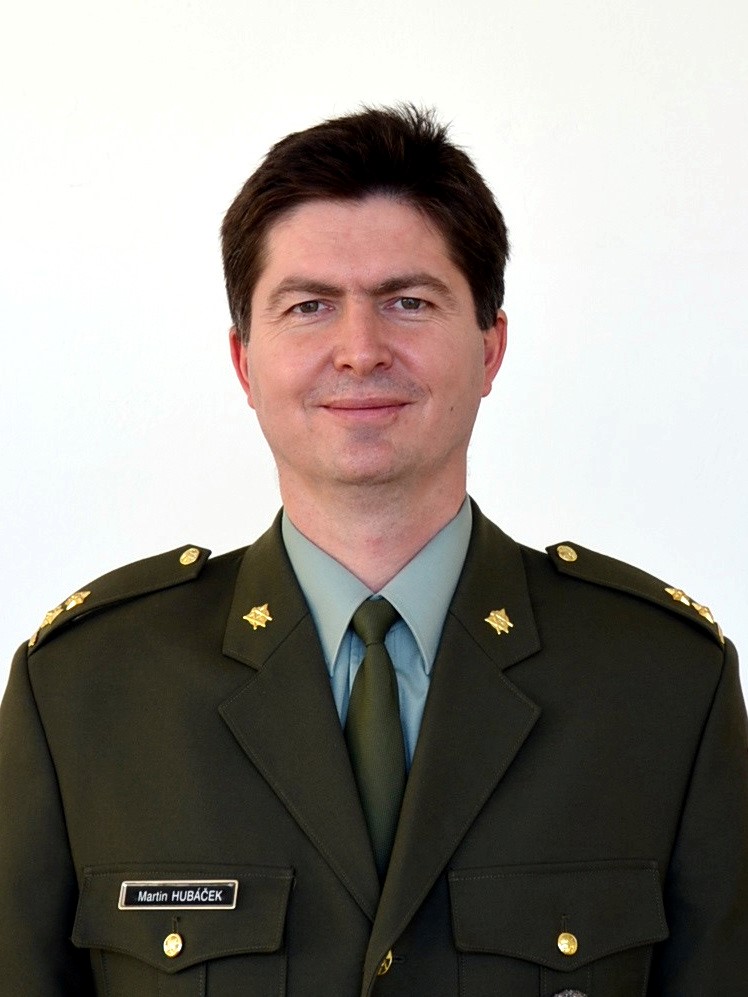
COL Martin HUBÁČEK
Associate Professor of the Department of Military Geography and Meteorology, Faculty of Military Technologies, University of Defence, Brno,
CZECH REPUBLIC
THE USE OF DIGITAL GEOGRAPHIC DATA FOR THE EVALUATION OF THE AREA OF INTEREST…
THE USE OF DIGITAL GEOGRAPHIC DATA FOR THE EVALUATION OF THE AREA OF INTEREST
The inception of digital geographic data traces back to the 20th century. With the advent of contemporary technologies, the domain of digital geographic data creation has witnessed significant advancements. These advancements have facilitated the transformation of an escalating volume of thematic data into digital format, thereby enhancing the precision of location and augmenting the quality of existing data. The accessibility of these data has opened new avenues for their application across diverse sectors of human activity, with security and defense being no exception.
In the context of military activity planning, the evaluation of the area of interest constitutes a critical procedure. Although maps, particularly topographic ones, continue to be an essential foundation for the evaluation of the area of interest, the utilization of digital geographic data is progressively gaining prominence in this realm. From the perspective of the evaluation of the area of interest, it is imperative to focus particularly on fundamental geographic databases that delineate individual terrain objects, soil databases, and spatial outputs that describe the meteorological conditions in the area of interest.
These geographic data can be enriched with detailed digital elevation models generated by airborne laser scanning technology, remote sensing data, and sociogeographic data that depict other geographic phenomena in the area of interest associated with human activity. This comprehensive integration of data provides a robust framework for the evaluation and planning of military activities.
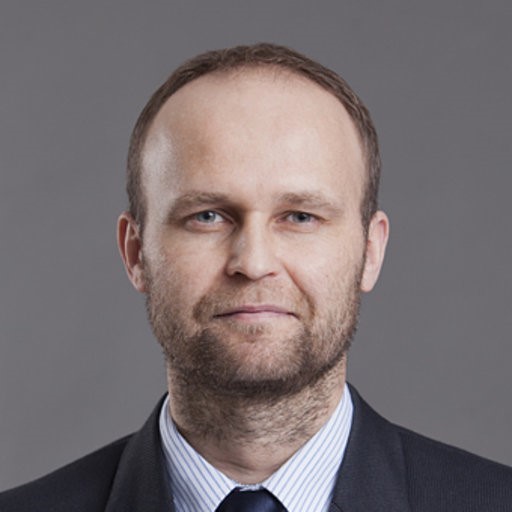
Dr. Marek SEDLAČÍK
Assoc. Prof., PhD,
Vice-Rector for Education and Students Issues,
University of Defence, Brno,
CZECH REPUBLIC
BUILDING A STRONG ARMY: THE CRUCIAL ROLE OF SKILLED AND MOTIVATED PERSONNEL…
TBUILDING A STRONG ARMY: THE CRUCIAL ROLE OF SKILLED AND MOTIVATED PERSONNEL
Phisical activity in adolescents is one of the important factors influencing the health and life of adolescents and, consequently, the army of the given country. The Czech Army recruits new members from among the adult citizens of the Czech Republic with a clean criminal record and appropriate education, capabilities, age, and health. Training after the commencement of service requires the use of methods and means that are appropriate for the level of new recruits and that will secure the minimum required level of overall preparedness. Motivated, capable, well-trained and qualified military personnel are necessary for the success of any army. Therefore, the planning and management of training requires information about the condition of selected target groups of citizens of the Czech Republic, so that the training system is prepared for the condition of future participants and where appropriate supplemented with new features.
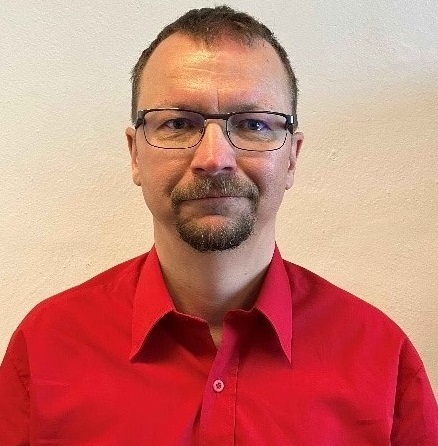
Jiří VÁPENÍK, M.A.,
Director of the Department of Mod Education, Language Centre, University of Defence, Brno, CZECH REPUBLIC
LANGUAGE EDUCATION IN THE CZECH ARMED FORCES AND MOTIVATION TO LEARN A SECOND LANGUAGE…
LANGUAGE EDUCATION IN THE CZECH ARMED FORCES AND MOTIVATION TO LEARN A SECOND LANGUAGE
Effective communication in a common language is a fundamental requirement for successful cooperation among NATO member countries. Recognizing this, the leadership of the Czech Armed Forces proactively sends its personnel to language courses with the goal of obtaining the NATO STANAG 6001 certificate. However, a critical question remains: Do these soldiers truly identify with the assignment to these courses, and are they genuinely motivated to learn a foreign language? Is language learning a personal aspiration for military personnel, or do they perceive it merely as a necessary duty?
